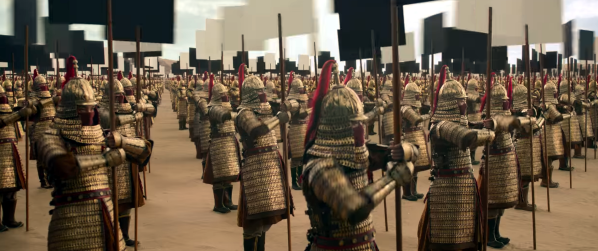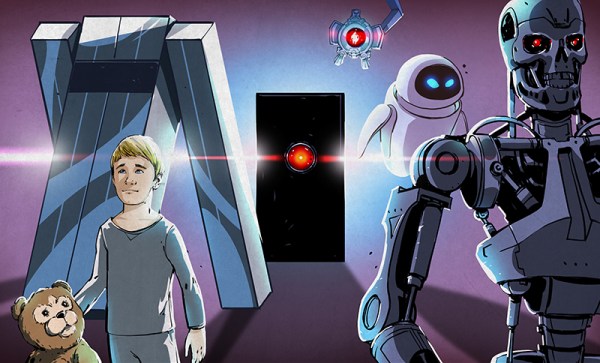If you intend to see the Netflix series “The Three Body Problem” or you want to read the Hugo-winning story from Chinese author [Cixin Liu], then you should probably bookmark this post and stop reading immediately. There will be some mild spoilers. You have been warned.
While the show does have some moments that will make your science brain cringe, there is one scene that shows a computer that could actually be built. Would it be practical? Probably not in real life, but in the context provided by the show, it was perfectly feasible. It could have, however, been done a little better, but the idea was — like many great ideas — both deceptively simple and amazingly profound. The computer was made of human beings. I’m not talking like Dune’s mentats — humans with super brains augmented by drugs or technology. This is something very different.
Background
This is your last chance. There are spoilers ahead, although I’ll try to leave out as much as I can. In the story, top scientists receive a mysterious headset that allows them to experience totally immersive holodeck-style virtual reality. When they put the headset on, they are in what appears to be a game. The game puts you in a historical location — the court of Henry VIII or Ghengis Kahn. However, this Earth has three suns. The planet is sometimes in a nicely habitable zone and sometimes is not. The periods when the planet is uninhabitable might have everything bursting into flames or freezing, or there might not be sufficient gravity to hold them on the planet’s surface. (Although I’ll admit, I found that one hard to grasp.)
Apparently, the inhabitants of this quasi-Earth can hibernate through the “chaotic eras” and wait for the next “stable era” that lasts a long time. The problem, as you probably know, is that there is no general closed-form solution for the three-body problem. Of course, there are approximations and special cases, but it isn’t easy to make long-term predictions about the state of three bodies, even with modern computers.
Continue reading “Fictional Computers: The Three Body Problem” →














